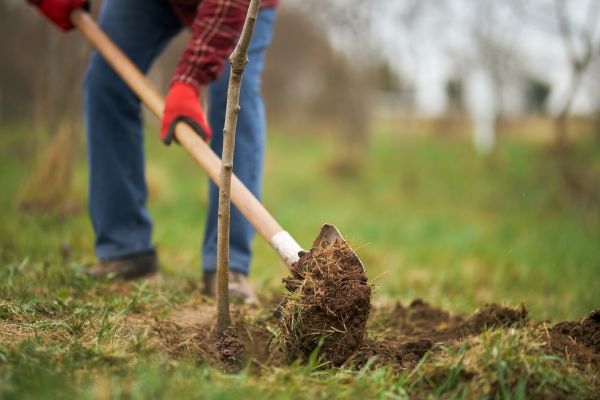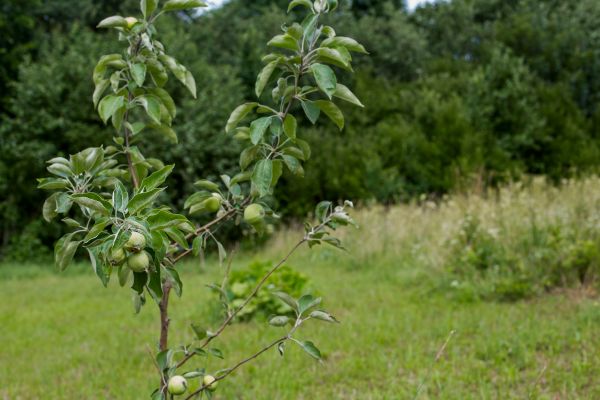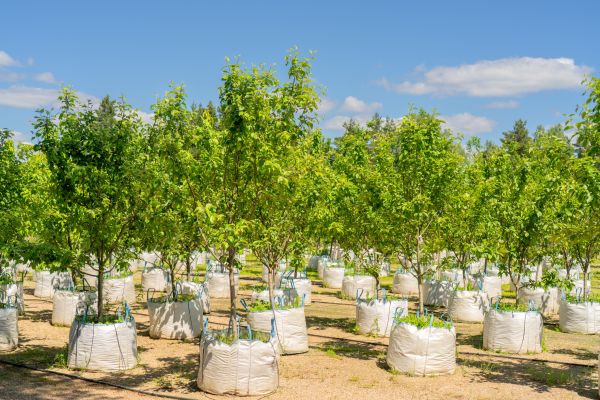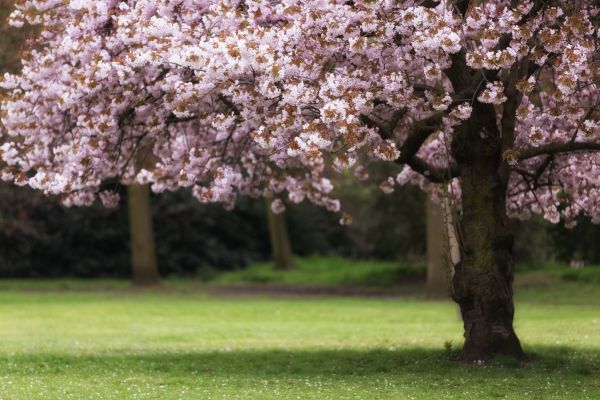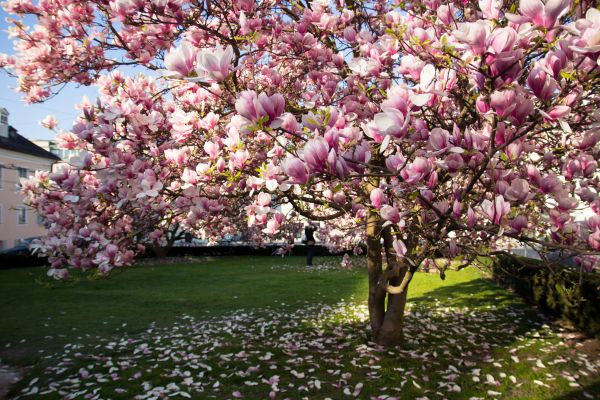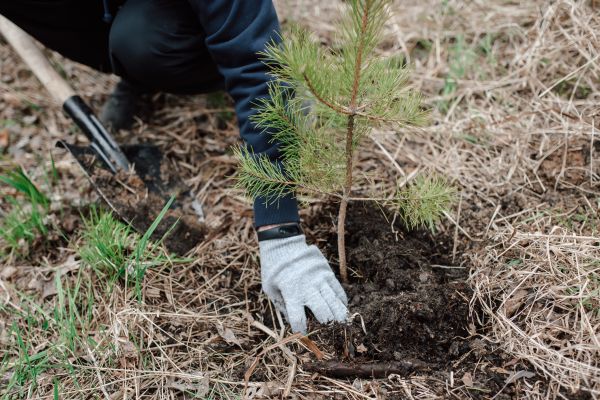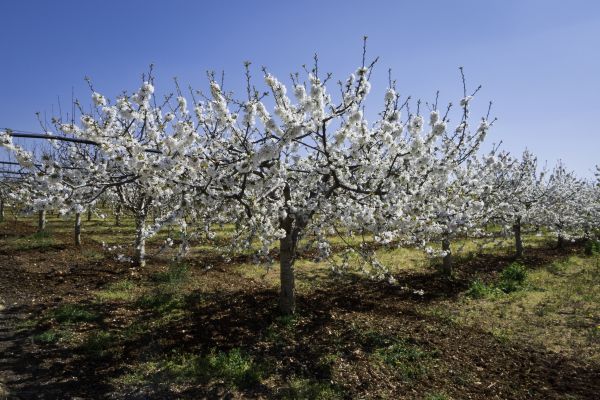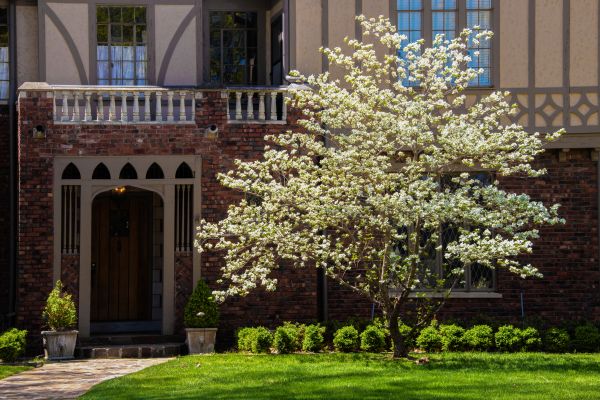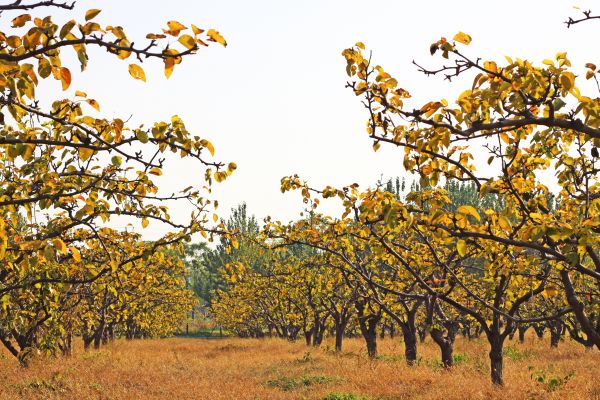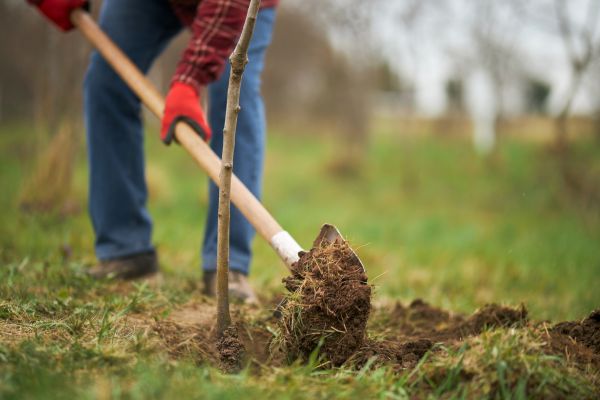Tree Planting
Connect with experienced local pros.
Tree planting is a vital environmental practice that involves the deliberate cultivation of trees and shrubs in specific areas. This process not only helps in restoring natural ecosystems but also plays a crucial role in combating climate change by absorbing carbon dioxide from the atmosphere. Trees are essential for maintaining biodiversity, providing habitats for countless species of flora and fauna, and improving air quality. As urban areas expand and deforestation continues, the importance of tree planting becomes ever more critical in preserving the planet's health and ensuring a sustainable future for generations to come.
Benefits of Tree Planting
-
Environmental Impact
Trees are natural air purifiers. They absorb carbon dioxide and release oxygen, significantly improving air quality. By reducing greenhouse gases, tree planting helps mitigate climate change and contributes to a healthier planet. -
Biodiversity Support
Trees provide habitats and food for a wide range of wildlife. From birds and insects to mammals and fungi, a single tree can support hundreds of species. Planting trees helps restore natural ecosystems and promotes biodiversity. -
Erosion Control
The roots of trees are vital in preventing soil erosion. They hold the soil together, reducing the impact of heavy rains and preventing landslides. This is particularly important in areas prone to natural disasters. -
Economic Benefits
Trees can increase property values and attract tourism. They also provide resources like fruit, nuts, and timber, contributing to local economies. Moreover, urban tree planting can reduce energy costs by providing shade and cooling. -
Health and Wellbeing
Green spaces have been shown to reduce stress, improve mental health, and encourage physical activity. The presence of trees in urban areas promotes a sense of well-being and community, offering a natural retreat from the hustle and bustle of city life.
FAQs About Tree Planting
What is the best time of year to plant trees?
The optimal time for tree planting is typically during the dormant seasons of fall and early spring. This allows trees to establish roots before the growing season.
How do trees help combat climate change?
Trees absorb carbon dioxide, a major greenhouse gas, and store carbon while releasing oxygen. This process helps reduce the overall concentration of carbon dioxide in the atmosphere, mitigating climate change effects.
What types of trees should be planted in urban areas?
Native species are usually recommended for urban planting as they are adapted to the local climate and soil conditions. They also support local wildlife and require less maintenance.
How can I get involved in tree planting initiatives?
Many communities have local tree planting events or programs. You can participate by volunteering, donating, or even organizing a tree planting drive in your area.
Fill out the contact form to request Tree Planting services today. Experience the numerous benefits of professional Tree Planting, including enhanced environmental health, increased biodiversity, and improved community well-being.



